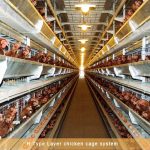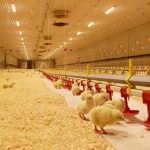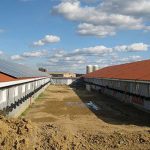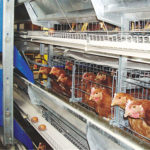Temperature difference control is usually very simple to say, but it is not easy to control it effectively throughout the chicken feeding process. The temperature difference usually has the following conditions:
Spring temperature difference, the characteristics of spring – low humidity, large temperature difference, windy inpoultry equipment manufacturer in china.
The humidity of the house should be increased. The ventilation should be mainly natural ventilation. The appropriate use of the top fan and the side fan should be used as the auxiliary. The control vent should not be too large, the air volume should not be too fast, and the ventilation should be adjusted according to the change of the external temperature at any time.
Summer temperature difference, summer characteristics – dry heat and damp heat coexist.
At this time, the feeding management is mainly based on cooling. In the early summer, the gas is suddenly hot and hot, and the vertical fan can be used to cool down. At this stage, it should be noted that although the outside temperature is already high, the wind speed is still cold, and the wind cannot directly blow against the chicken.
The temperature difference in autumn, the characteristics of autumn – the temperature difference gradually increases, the early autumn is rainy, the wind is big.
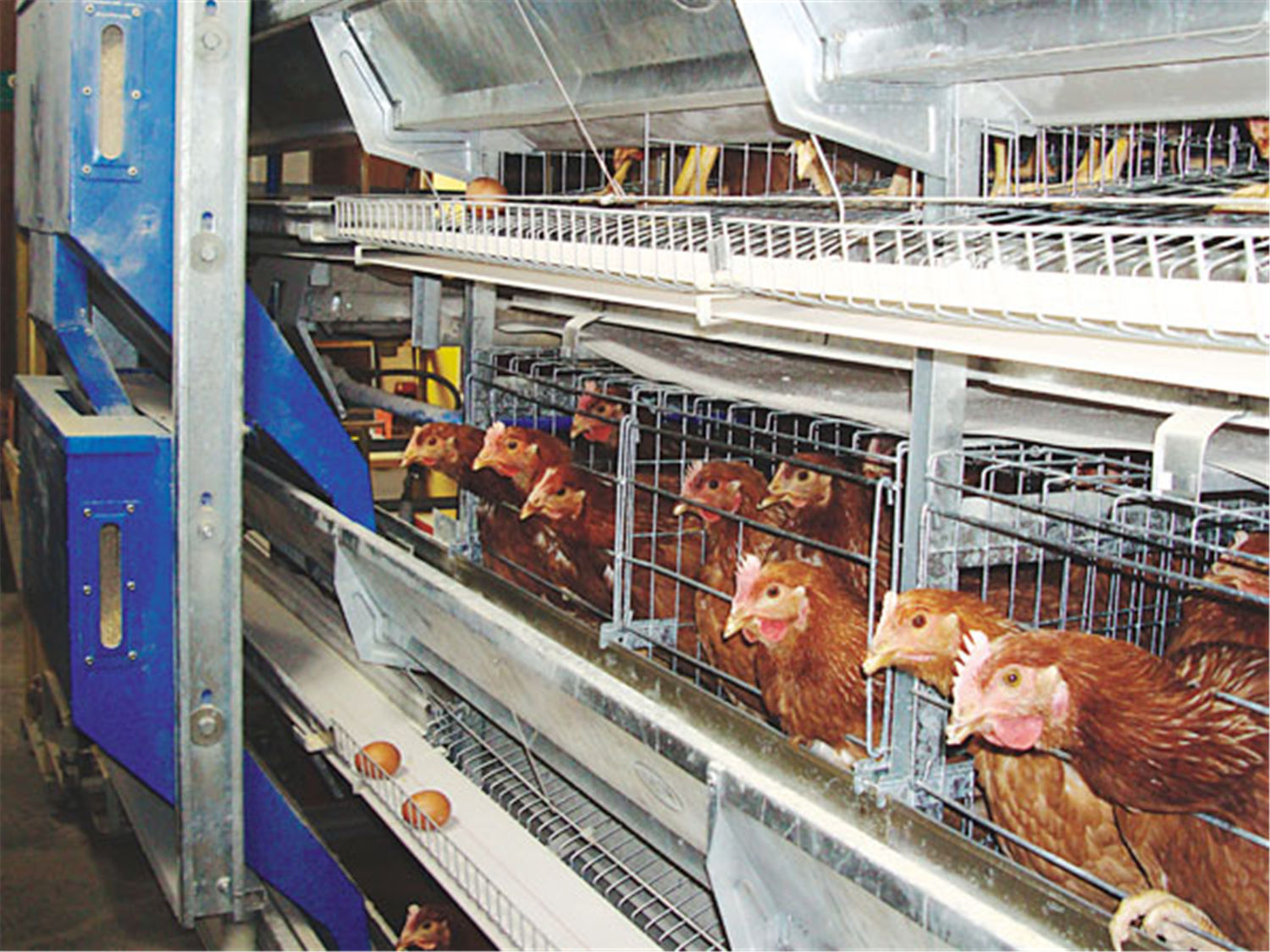
The most difficult thing to master in autumn feeding management is ventilation. In the early autumn, high temperature and high humidity should be mainly based on cooling, and in late autumn, it is a process based on heat preservation. Therefore, the principle of ventilation in autumn is preferred natural ventilation, followed by ventilation of the top fan, ventilation to the side fan, and ventilation to the main fan.
Winter temperature difference, winter characteristics – the weather is getting colder, more dry, windy.
The most important thing in winter is to test the sealing and insulation of the chicken house. The temperature difference will form the wind, and observe whether the cool air coming in from the vents directly blows the chicken. In the late autumn and early winter, pay attention to the walls, ceilings and partitions of the chicken house. If any water droplets can be formed, any cold water will seep into the house, causing the temperature difference in the house to widen and partially. The flock is cold.


